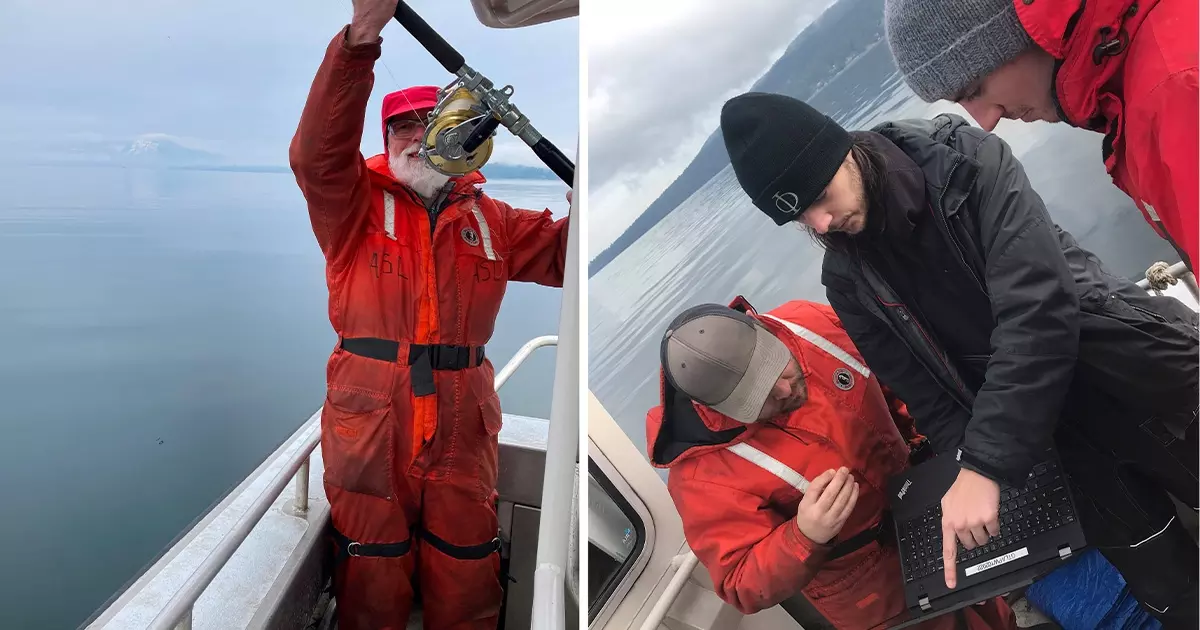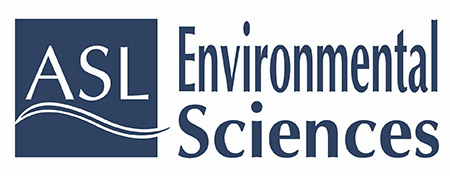ASL Performs Field Testing of a New Prototype Split-Beam Sonar

ASL Environmental Sciences announces the successful field trials of a new prototype split-beam sonar. The trials were conducted in the Saanich Inlet near the Institute of Ocean Sciences (IOS), Sidney, BC. This milestone marks the first such deployment of the prototype instrument, as part of a collaboration between researchers at Memorial University, the Department of Fisheries and Oceans Canada (DFO), and ASL.
The field testing was done from a small IOS launch with Dr. Stéphane Gauthier, Fisheries and Oceans research scientist, Dr. Len Zedel, Professor and Department Head of Physics and Physical Oceanography at Memorial University, and graduate student Axel Belgarde, also of Memorial University. ASL staff members Dr. Steve Pearce and Graeme Thompson participated in the study.
 Echogram of target spheres being lowered and raised through the water column
Echogram of target spheres being lowered and raised through the water column
Split-beam echosounders use multiple receive channels to determine target location within the acoustical beam. Unlike ordinary single-beam echosounders, split-beam echosounders may determine not only the range but also the direction of arrival of incoming signals. This facilitates accurate measurements of target strength. When detecting fish over multiple pings, a split beam sonar may track the fish and estimate its swimming speed and direction.
 ASL has extensive experience developing calibrated scientific hydroacoustic profilers. ASL instruments are known for their unmatched ability to collect long time series data, with typical deployments lasting 12 months. This new split-beam echosounder prototype is designed to run autonomously for months at a time, allowing researchers to collect long time series data at the study site. Many researchers find such tools useful when studying fish behavior throughout changing seasons, or when deploying in remote environments.
ASL has extensive experience developing calibrated scientific hydroacoustic profilers. ASL instruments are known for their unmatched ability to collect long time series data, with typical deployments lasting 12 months. This new split-beam echosounder prototype is designed to run autonomously for months at a time, allowing researchers to collect long time series data at the study site. Many researchers find such tools useful when studying fish behavior throughout changing seasons, or when deploying in remote environments.
The field trial for this new design was carried out February 1, 2023 (Figure 1) and the results are promising. As part of the system testing, two small spheres were lowered and raised through the water column to a maximum depth of 220 m. The sample echogram of Figure 2 shows these spheres over one of the trial casts.

